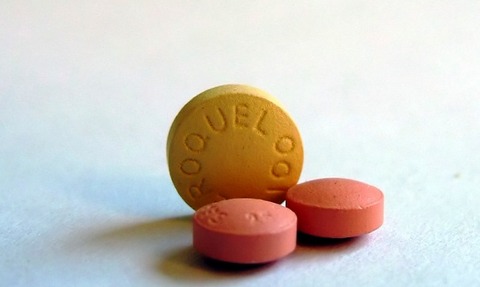Editor's comment: Finding the cure
1 Jul 2014

Modern drug discovery has been much in the news recently, but how many of the big pharmaceutical breakthroughs will ever make it to market?
Towards the end of last week, Prime Minister David Cameron commissioned an independent review designed to explore the many issues surrounding increased antimicrobial resistance.
The chief concern is that no new antibiotics have been introduced in over 25 years - but that isn’t to say there haven’t been any new discoveries in that period.
In March of this year a group of researchers from the University of Notre Dame claimed to have discovered a new class of antibiotics capable of fighting bacteria such as MRSA.
“New drugs will specifically target the protective barrier around the bacteria, rather than the bacteria itself
UEA researcher Haohao Dong
The researchers screened up to 1.2 million compounds before finding ’oxadiazole’, a compound that is capable of inhibiting a penicillin-binding protein as well as the biosynthesis of the cell wall that makes it possible for MRSA to resist other strains of antibiotic drugs.
However, MRSA is just one type of bacteria threatens human health.
Many other forms of treatable illnesses are also showing signs of resistance to the antibiotics we really so heavily on.
“If we fail to act, we are looking at an almost unthinkable scenario where antibiotics no longer work and we are cast back into the dark ages of medicine where treatable infections and injuries will kill once again,” said Cameron while announcing his plan to tackle drug discovery issues.
Unfortunately, a review probably won’t get new drugs from the lab to our pharmacies any quicker than is already possible.
This view was also felt by a parliamentary committee which raised concerns that Cameron’s review has “no definitive targets” for alleviating drug discovery issues.
The committee report says that the best defence against the increasing threat of antibiotic resistance is a “strong global pipeline of new drugs” as a means of avoiding a “severely limiting” medical scenario.
Fortunately, in the UK, in the last month alone, at least one university has shown signs of breaking through the antibiotic resistance barrier.
“These ants have already helped us find two new antibiotics
UEA researcher Matt Hutchings
In June, researchers at the University of East Anglia (UEA) claimed to have discovered an “Achilles heel” in the defensive barrier which surrounds drug-resistant bacterial cells.
UEA researchers investigated a class of bacteria known as “Gram-negative bacteria” which is particularly resistant to antibiotics because of its “cells’ impermeable lipid-based outer membrane”, a UEA statement said.
Researcher Haohao Dong said: “The really exciting thing about this research is that new drugs will specifically target the protective barrier around the bacteria, rather than the bacteria itself.”
This new technique could pave the way for a complete re-think about how we tackle drug discovery in the future.
Similarly, a second team of UEA researchers used the Royal Society Summer Science Exhibition 2014 to showcase its innovative antibiotic research.
The group, from UEA’s school of biological sciences, is using a colony of leafcutter ants to help solve the growing problem of antibiotic resistance.
Lead researcher Matt Hutchings said: “We hope that these leafcutter ants will help us solve antibiotic resistance and provide us with the next generation of drugs.”
“These ants have already helped us find two new antibiotics which we hope will be useful in clinical medicine.”
However, there still remains a barrier than can often spell trouble for new drug discoveries - the lengthy process of getting drugs approved and in to the marketplace.
What is more, the 12 year process can cost upwards of £1 billion - which means big pharmaceutical firms must exercise caution, and perhaps rightly so.
The first six years of the drug discovery process is spent understanding a particular disease and discovering which molecule will interact with the right target.
A further three years is spent in preclinical and clinical trials in which as many as 5,000 volunteer patients are tested with the drug.
The final phase incorporates drug body approval and eventually the medicines which were discovered 12 years earlier, are available to the public.
Of course, there are a number or underlying factors that affect the entire process - funding and regulatory being the most obvious.
But if Cameron’s review were to prove successful, and drug discovery processes were sped up and slashed in price, would it necessarily alleviate the problems associated with antimicrobial resistance, or would it serve to create new strains of drugs that hadn’t been rigorously tested?

